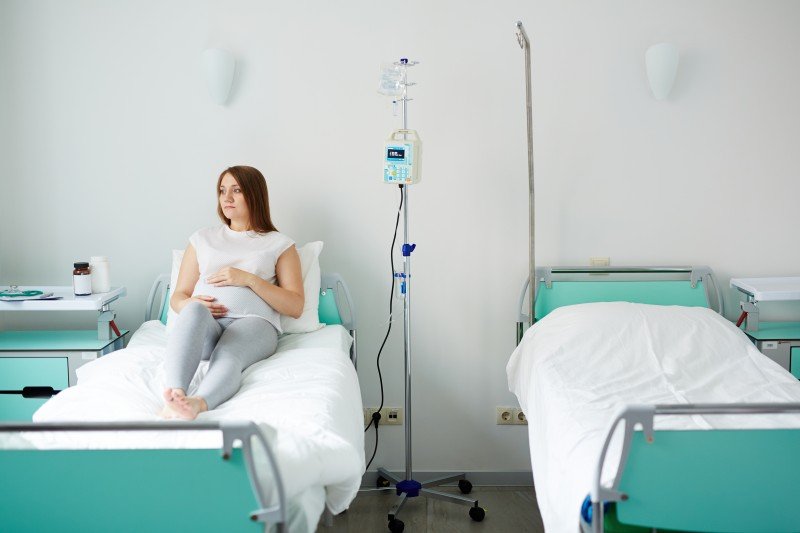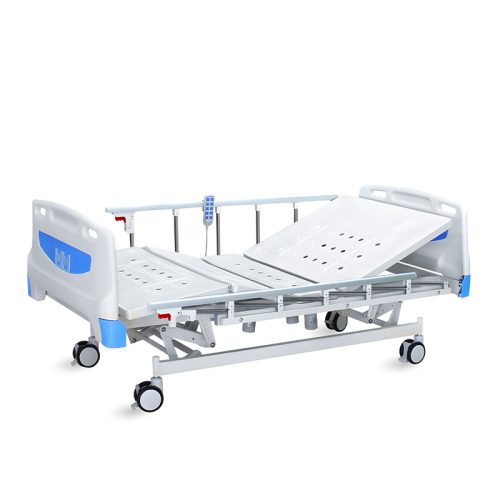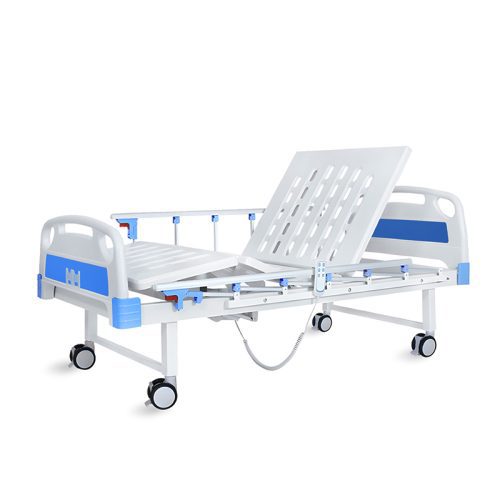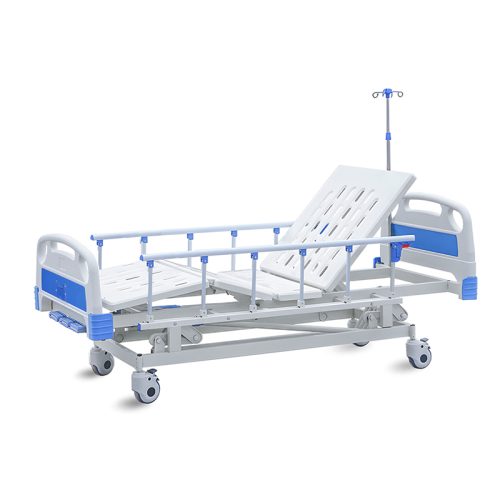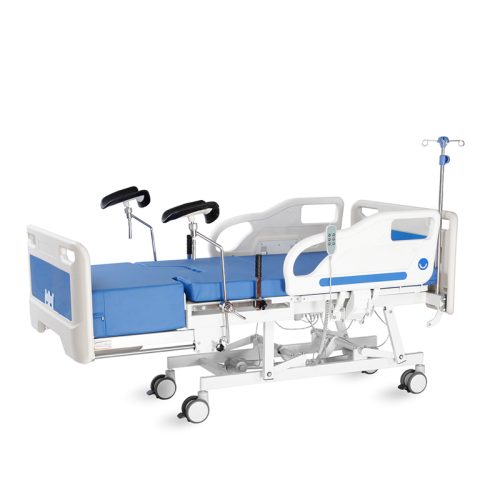
- Nemocniční lůžko
Comprehensive Overview of Rehabilitation Beds
- Podle kelingmedical
Suppliers and distributors in medical equipment see rehabilitation beds as a promising market segment with good prospects. Healthcare facilities work harder to give better care to their patients so they need better rehabilitation tools.
This article explains how rehabilitation beds work through their different types and features to help you decide if they fit in your product range.
1. Purpose of Rehabilitation Beds
Rehabilitation beds differ from regular hospital beds because they focus exclusively on long-term recovery treatment. They are tailored to:
Enhance Mobility: The adjustable frame helps patients reposition themselves freely which prevents bedsores plus improves their movement.
Support Physical Therapy: These rehabilitation beds come with built-in controls that help physical therapists work with patients during recovery sessions.
Provide Comfort and Safety: The shape of these beds helps patients feel better during their hospital stay and the safety parts stop them from falling.
2. Key Features of Rehabilitation Beds
Rehabilitation beds feature specialized functions that make them different from regular medical beds.
Nastavitelnost
Height Adjustment: Caregivers can do their work more easily and patients can be moved safely between locations.
Backrest and Leg Rest Movement: Patients can change their positions from lying to sitting or reclining for better movement and relaxation.
Trendelenburg and Reverse Trendelenburg Positions: These beds help with blood circulation and breathing problems during specific medical treatments.
Mobility Features
Lockable Casters: The casters lock to hold the bed in position yet unlock to allow movement from one area to another.
360-Degree Swivel Wheels: Move the bed easily from one space to another in the medical facility.
Safety Measures
Side Rails: The side rails help patients stay safe from falls while making it simple to get in and out of the bed.
Secure Locking Mechanisms: Ensure the bed remains secure for patients during their therapy time.
Integrace technologií
Remote Control Operations: Patients and caregivers can make easy changes to bed settings.
Monitoring Systems: The units have built-in monitors that track patient health information.
Ergonomický design
Pressure-Relieving Mattresses: The weight of your body will evenly spread across the mattress surface to prevent soreness.
Support Handles: Help patients move from lying to sitting positions.
3. Types of Rehabilitation Beds
The different types of rehabilitation beds exist for different patient recovery requirements.
1. Manual Rehabilitation Beds
Description: Nurses control bed adjustments through hand-operated cranks and levers.
Advantages: These inexpensive beds help hospitals with limited budgets.
Limitations: Needs more work from caregivers because it adjusts less smoothly than automatic options.
2. Electric Rehabilitation Beds
Description: Electric motors power these beds to make quick and exact position changes.
Advantages: These beds help patients feel better while reducing work time for medical staff.
Limitations: Manual beds need more money upfront than electric ones.
3. Bariatric Rehabilitation Beds
Description: These beds are made for patients who need strong support because of their weight.
Advantages: Bariatric rehabilitation beds serve patients who need space to move freely without danger.
Limitations: Bulkier and more expensive.
4. ICU Rehabilitation Beds
Description: These beds come with advanced measuring and healing tools designed for hospital intensive care units.
Advantages: These beds support advanced medical rehabilitation work in intensive care units.
Limitations: Operating these beds comes with high expenses and advanced technical requirements.
4. Benefits of Rehabilitation Beds
Pro pacienty
Enhanced Recovery: Therapeutic equipment and adjustable bed positions help patients recover movement and heal sooner.
Improved Comfort: Patients feel better when they use beds with ergonomic features.
Independence: Patients can operate the device controls themselves to modify their settings.
Pro pečovatele
Efficiency: Built-in technology and integrated systems make everyday care work easier.
Safety: The built-in side rails and safety locks help prevent falls and injuries.
Flexibility: Our rehabilitation beds work well with different therapeutic plans.
Pro zdravotnická zařízení
Cost Savings: Beds built for strength save medical facilities money on repairs and replacements over time.
Improved Patient Outcomes: Better medical devices create happier patients who heal quicker.
Compliance: These beds follow all necessary safety and hygiene rules for medical centers to use.
5. Pohled na trh a příležitosti
The demand for rehabilitation beds is driven by:
Aging Population: As they age most seniors need ongoing medical care and physical therapy support.
Increased Focus on Rehabilitation: New physical therapy methods and post-surgery treatment require specialized beds for proper patient care.
Rising Incidence of Chronic Conditions: Stroke patients and individuals recovering from orthopedic injuries need extended medical care.
A supplier or distributor who provides different rehabilitation beds gains leadership in the medical equipment industry. Showcase how these features help healthcare facilities find permanent solutions.
Závěr
Rehabilitation beds help patients recover better while helping caregivers work more productively. These advanced medical beds fit perfectly into the daily work of long-term care places, hospitals and rehabilitation centers.
Including rehabilitation beds in your product selection helps distributors and suppliers meet healthcare industry expansion needs. Learning about rehabilitation beds helps you provide better healthcare services to your patients.
Výzva k akci
Are you ready to grow your product selection with premium rehabilitation beds? Talk to our team now to browse our full selection of products and see how we assist healthcare organizations.
📧 E-mail: inquiry@shkeling.com
🌐 Webové stránky: www.shkeling.com.cn
Těšíme se na úspěšné partnerství s vámi!

